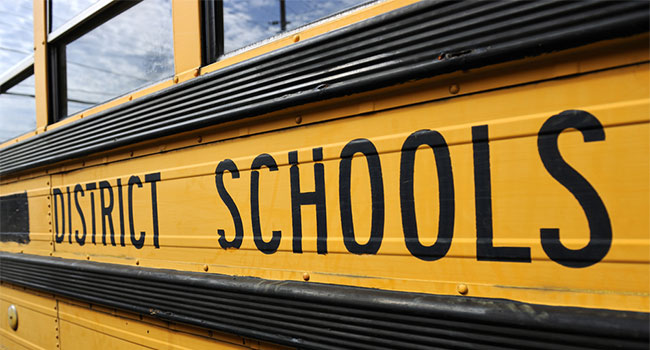
Minnesota Schools Change Up Approach to Active Shooter Drills
School districts are responding to increasing parent concerns about exposing their children to traumatic drills.
- By Haley Samsel
- December 10, 2019
Fears of school shootings continue to escalate for students and their families, particularly after incidents in California and Wisconsin in the past month. With those concerns has come a reckoning over the potentially traumatizing impact of active shooter drills, which are required in over 40 states across the country.
In Minnesota, the debate is heating up among school district officials and parents who are afraid that their students are being exposed to traumatic events, according to The Minnesota Star-Tribune. Schools are required to conduct five active shooter drills per year, and families are not notified in advance in order to better prepare them for unexpected incidents.
District leaders are reluctant to give more information about what the drills entail, and what other measures are in place to keep students safe, including emergency plans. Doing so might tip off potential intruders and jeopardize the effectiveness of the safety plans.
Chandra Keyer, the emergency management coordinator for Minnesota’s largest school district, told the Star-Tribune that districts follow general guidelines from state and federal governments and then design their own training methods to address threats.
“We are not going to tell you about all the bells and whistles that we have inside going off,” Kreyer, who works for Anoka-Hennepin Schools, said. “That’s how we keep your kids safe.”
To avoid scaring children participating in the drills, many districts have begun to change the language they use to describe the exercises. The word “active shooter” is becoming a less common phrase when explaining the drills to students.
This year, the Anoka-Hennepin and South Washington County school districts also adopted a new procedure that does not describe all drills as “lockdowns.” Now, students are taught to “lockout, lockdown, evacuate and shelter,” allowing staff and students to follow a set of actions and focus on reuniting with families.
Other steps include adding digital radio systems to connect district officials to first responders, and investing in redesign efforts to make school buildings safer. Mental health services are also a focus of school districts across the state, according to the Star-Tribune.
Still, parents remain skeptical of how the drills would help their students during an active shooter situation. Cate Long, a parent in Minneapolis, said she would like her child to be able to opt out of the drills.
“I am infuriated that the response to the school shootings is to traumatize our kids,” Long told the Star-Tribune. “I’m OK with her not doing any drills for the rest of her scholastic career because I don’t think it’s going to keep her from being killed.”
About the Author
Haley Samsel is an Associate Content Editor for the Infrastructure Solutions Group at 1105 Media.